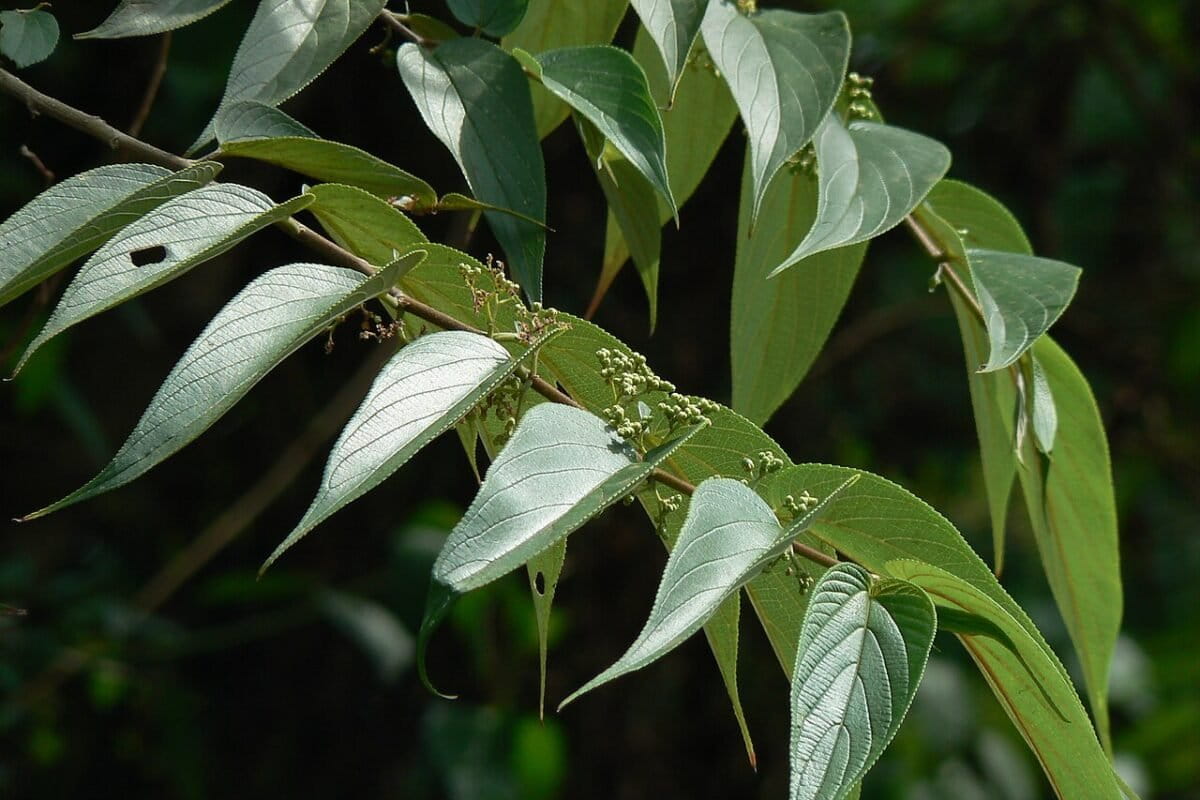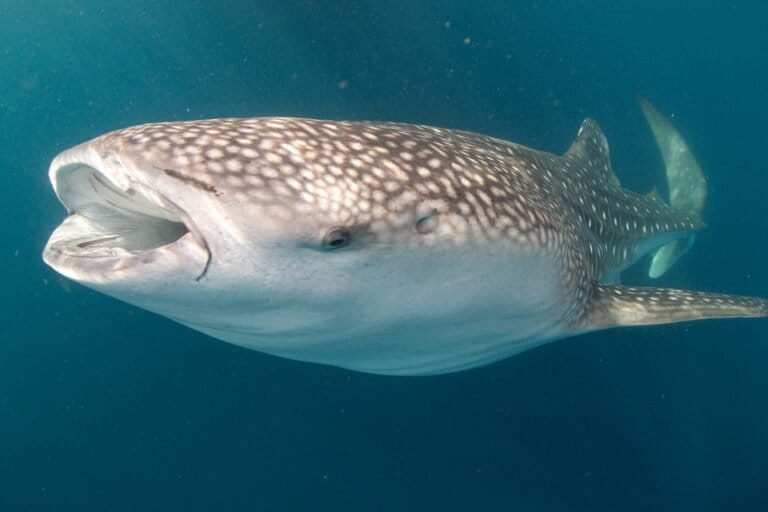Sex vs. Intelligence: Bigger balls mean smaller brain
Rhett A. Butler, mongabay.com
December 13, 2005
In a recent study of bats, Scott Pitnick, professor of biology at Syracuse University, found that testis size is inversely related to brain size. In other words, the bigger the balls of a bat species, the smaller its brain.
Comparing brain size and testis size for 334 species of bats, Pitnick’s team looked to explore the contribution of sexual selection to brain evolution. Specifically, the research tested and confirmed two theories:
- larger testis are found in males with smaller brain size, and
- relative testis depends on female promiscuity.
Pitnick and his team showed that among bat species, those with promiscuous females have relatively smaller brains than species with females that are faithful to their mates. The study also found that male infidelity, by contrast, had no evolutionary impact on relative brain size.
Pitnick says a likely explanation for this relationship relates to the energetic demands of producing and maintaining both brain and sperm cells; males cannot afford a lot of both. Under this explanation, males with relatively large testes and small brains leave more offspring than larger-brained, less fertile, competitors.
“When females mate with more than one male, sperm compete to fertilize the female’s eggs. Such sperm competition’ is rife in many bat species, perhaps due in part to the unusual ability (among mammals at least) of sperm to survive inside the female’s reproductive tract for a very long time,” says Pitnick. “The male who ejaculates the greatest number of sperm may win at this game, and hence many bats have evolved outrageously big testes—as much as 8.5% of their body mass. Because they live on an energetic knife-edge, bats may not be able to evolutionarily afford both big testes and big brains. We’re excited about these results, as they may stimulate more research into the correlated evolution of brains, behavior and the extravagant and costly ornaments and armaments favored by sexual selection.”
 Big eared townsend bat (Corynorhinus townsendii). Photo from the Nevada Bureau of Land Management. Biggest balls, bat category The testes of African yellow-winged bat make up 0.11% of its body weight, while the Rafinesque’s big-earred bat is endowed with balls that represent 8.4% of its body weight. For a 180-pound (82 kg) man, this would be equivalent to 15 pounds (7 kg). |
The finding is consistent with research conducted on primates. Promiscuous primates like chimpanzees, where any individual male’s sperm will have to compete with the sperm of a number of other males, have large testis to produce bigger amounts of sperm whereas less promiscuous species, like gorillas and orangutans, produce less sperm and have smaller testis-, and penis-, size since females are unlikely to mate with more than one male during a breeding season. For humans — considered moderately promiscuous for a higher primate — the testis to body weight ratio falls between that of chimps and gorillas.
Also involved in the research were Dr. Kate Jones of the Institute of Zoology at the Zoological Society of London and Dr. Jerry Wilkinson of the Department of Biology at the University of Maryland. The study was funded by the National Science Foundation. The full results of Pitnick’s study have recently been published in Proceedings B (London), a biology journal of the Royal Society.
This article used excerpts and quotes from a news release (“SU biology professor: big brain not key to evolutionary success in bats”) written by Carol Kim at Syracuse University.
Birds and Bats Responsible for Seed Dispersal in Tropical Forests
Scientists believe they may have found a way to regrow tropical forest on deforested lands. The plan would involve planting fast-growing, fruit-producing trees, like figs, in the formerly forested areas. These trees would attract birds and bats which would deposit seeds from nearby forests onto the ground below. The dropping of these seeds would, in effect, return native forest species to the deforested patch. Scientists will test the theory in Veracruz, Mexico to see if coaxing birds and bats back into the area will help restore the forest’s biodiversity.
Now identified as likely origin of SARS; will bats be killed in China?
The likely source of the respiratory disease SARS is the horseshoe bat, a new study in the journal Science suggests. Researchers found a virus closely related to the SARS coronavirus in bats from three regions of China. The 2003 SARS outbreak killed 770 people and caused billions in economic damage. Bats have since been determined to be the source of the Ebola virus as well.
Salamanders feed on bat guano in cave system
A species of blind, cave-dwelling salamander in Oklahoma feeds on bat guano according to research published in Proceedings of the Royal Society and presented on the online version of Nature.
Vampires kill 23 in Brazil, deforestation blamed
Rabid vampire bats killed 23 people and attacked more than 1,000 Brazilian officials confirmed last week. The bats have been displaced from their normal rain forest environment by worsening deforestation in the region. In an attempt to slow deaths, health agencies have treated 1,350 people with anti-rabies medication in the past two months.














